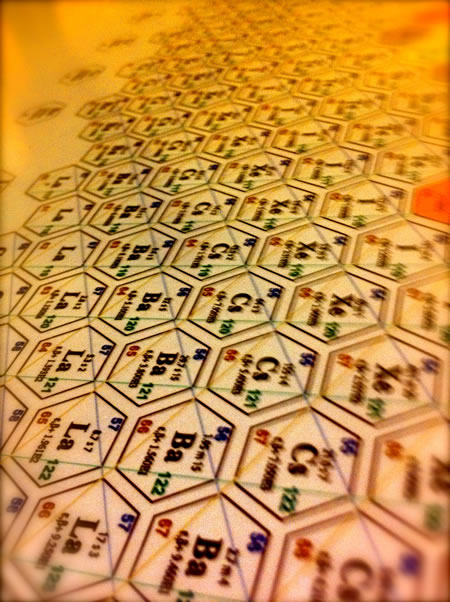
THE CARTOGRAPHY OF DESIGN THINKING | Part Three
Building the strategies for brand engagement thinking, creative intelligence workshops and tactical layouts for innovation sessions.
Working on a project for the planning of a market design program for an emerging brand—BrandQuest®ing, the issue will relate to a conceptual positioning, a marketing plan, and the assessment of a structured relationship to consumers, a naming architecture and the creation of a visual identity and brand-coding collateral / online messaging and visual programming.

There needs to be a navigational system, a journey log, the charting of a course to get from point a — a dreamed inspiration and business plan and a series of committed people — to point b: presence. The strategy will range from the opening ideation and inspiration, to a series of calibrated movements to build the brand, find the story, empower the soul of the enterprise and enliven the holistic presence in a manner that celebrates the fundamentals of the ideal.
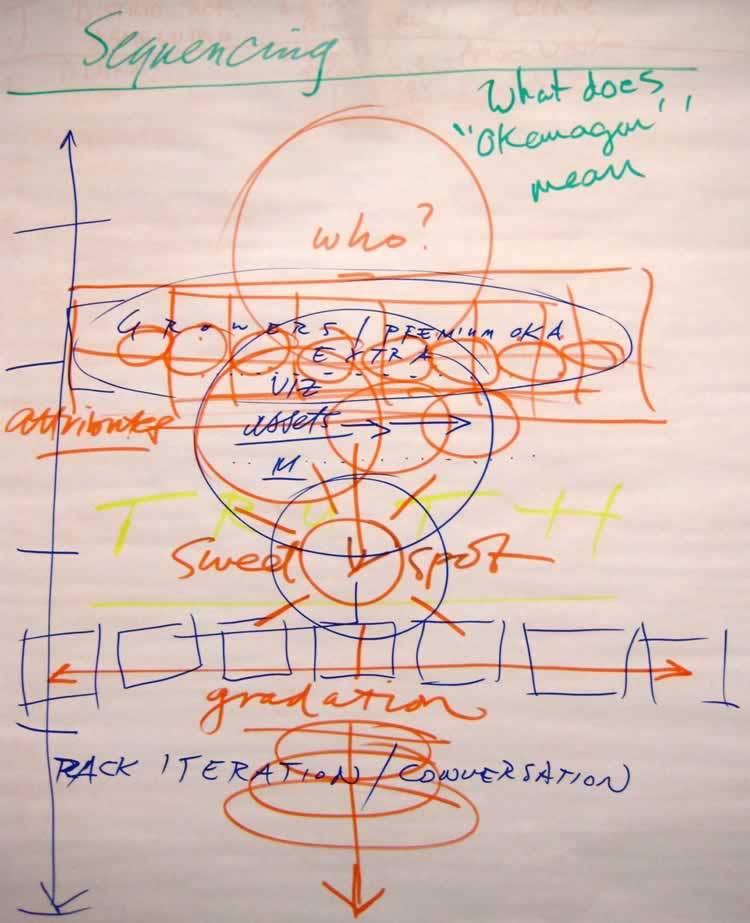
But it’s really about thinking — the designed creative intelligence of mapping a plan that vibrates the flowering flow of energy. Mind power is about energy, the molecular electricity of thinking and human to human connection and perception. It’s about the energetic character of any brand or story wholly enriched in the dreams of people. There are people everywhere in the process. Flow goes, or is impacted, all along the river-running, the tributaries of ideas, and ultimately the channeling of that flow in a manner to create outcomes. Lightning bolts, electrical charges or the dynamics of flow — they all have a similar kind of feeling and visual presence.
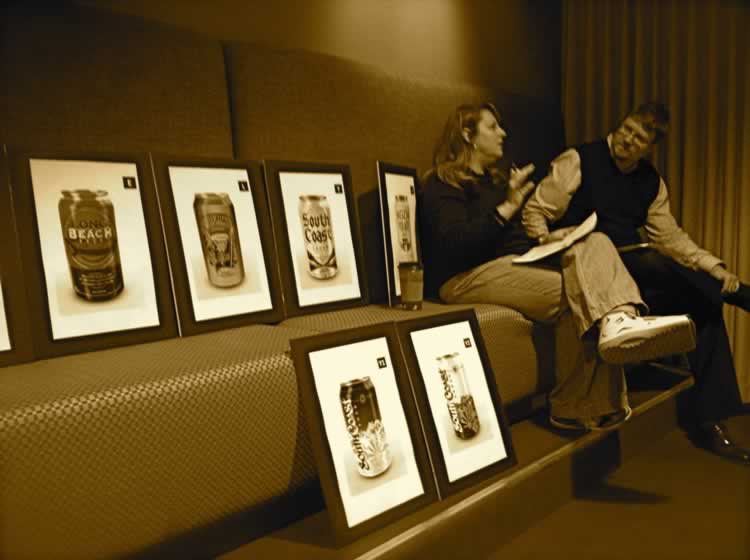
While a brand leader, design thinker, sparker of creative intelligence can channel them to some extent, other rightful paths will be revealed. Energy will go where it wants, and needs, to go. Just so with the sense of chosen ideas. They will go where they want to go, based on what’s known and experienced.
We use successive workshops, collaborative encounters to build teams, ideas, and inspirations. These quests — string on a consistent but malleable structure.
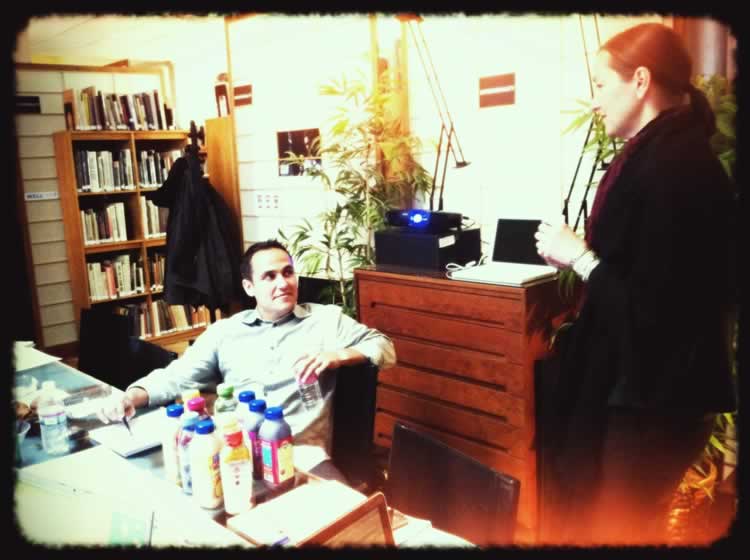
The notion of query is investigation —
that is built on the framing of:
• question — what is the nature of what’s being asked? Amazingly, there are plenty of charrette leaders for creative intelligence and brand explorations that enter the fray without a clear set of plans to deliver workable results. Any questions presume an answer — it’s not about simplistic mapping — it’s about leading the freedom to flow to get to the results.
• understand — to the notion of understanding; the legacy of the word is about the stance of being “in between.” Aligned with “inter” — it will be about the seeing inside by being in between. That requires engagement — being in play, being in the midst — the middle. Only there can you see — be in — and know the game that must be played.
• explore — to explore is, in the original context, the Latin shouting cry from the hunter: plorare as well as the pluere — which is “to flow.” Exploring isn’t only about the “finding” but it’s the flow to the outcomes that align to the questions and the answers that could emerge.
• strategize — from that which is spread out, and that which requires action; any planning would be about the syncing from the field of understandings, the crowd of ideas, and how they can be flowed together and acted upon.
• tactics — this is the phase of the technical, the art of the arrangement and in the most ancient layers of the word, this will be — “to set right.”
Key mnemonics to any creative brand session, innovation workshop, or ideation development charrette are noted below. Flow drivers are about the knowing.
To know, you’ve got to ask.
K N O W:
• Know the big questions. And know the little ones.
There are always larger scale questions and smaller tiers of inquiry — and each has their value. Know that value, the most powerful questions and answers — and the smaller organic query components that ripple around that inquiry.
• Know the hidden agenda. And the seen agenda.
Ask the right questions upfront to formulate process to know what to focus on, and what to steer clear of.
• Know precisely what kind of answers are expected.
Everyone has a different vocabulary — learn the language that’s being spoken.
• Know everyone that will be there, to engagement.
Doing backgrounders, interviews, upfront meetings and eye to eye connections, if possible, will support clarity about players.
• Know your timing — set points of action.
Activate breaks, brakes, session games and inventions to continually spark the participants.
• Know that if people need to be fed, there are tiers for how to eat during creative sessions.
They will be slowed down (smaller snacking and speed eating is better — longer breaks will disable the threading of connections); know how to keep the attention focused and moving.
• Know how to cut, improvise, evolve and restructure on the fly.
Nothing works out as planned, the more you can flow, the better progression.
• Know documentation and track the content.
Having set talent for framing content that aligns with the query process will accelerate process and implementations.
Leading teams of people to crowdweave content and establish direction, you’ve got to know how to manage people, their ideas, will and inspiration in a manner that celebrates their contributions. You’ve got to be watchful, studying the body language of the participants, staying in contact with your client leadership, watch for distractions and keep the flow flowing.
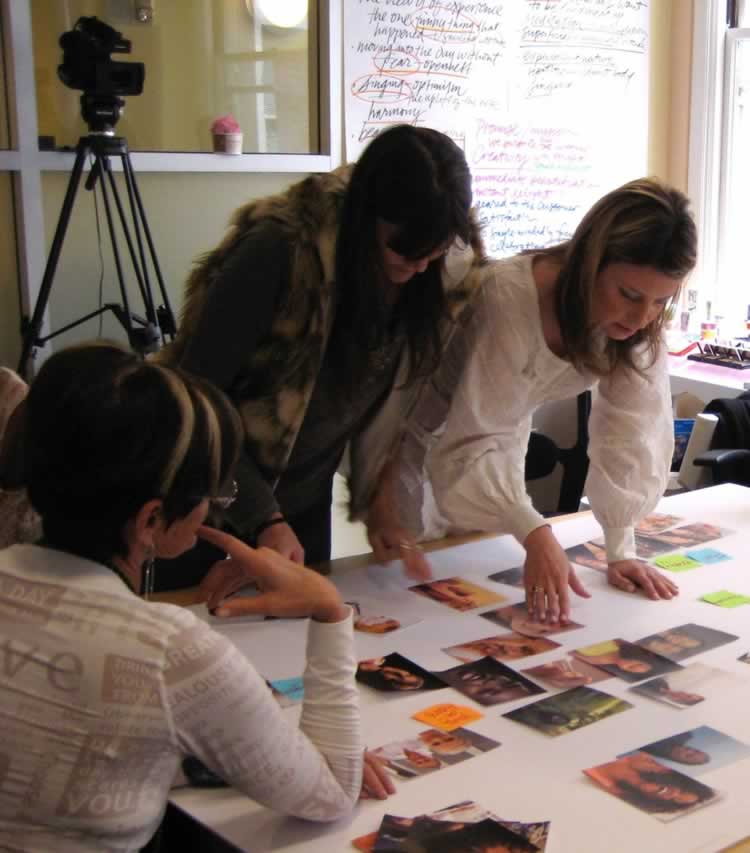
A charrette is about speed. Thousands of years ago, as the root for “car”, the word sound that founded this idea was *kers– “to run.”
Go with the flow.
tim | GIRVIN@oseanstudios
—-
INNOVATION TEAM STRATEGIES
Crowdweaving ideation = Girvin Cloudmind